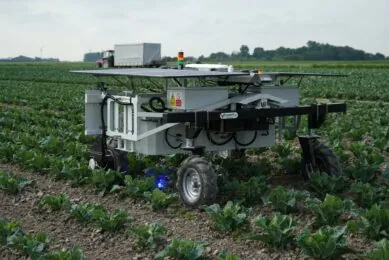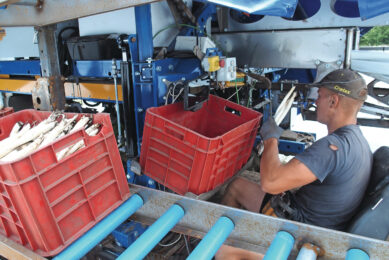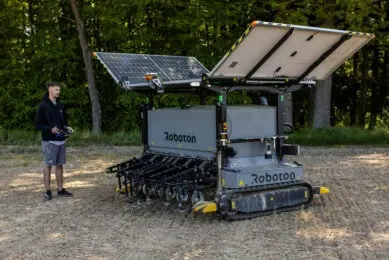Over 70 growers on waitlist for new Swiss Grasshopper robot

Swiss agtech company Caterra, a spin-off from ETH Zurich, is preparing to launch its fully autonomous laser-weeding robot, the Grasshopper, in 2026. Ahead of its official market debut, eleven units will be tested in real-life farm conditions throughout 2025.
The Caterra Grasshopper is a fully electric, autonomous field robot that uses AI-powered vision systems and laser technology to eliminate weeds in row crops. A deep-learning algorithm distinguishes between crops, weeds, and soil in real time. It then targets weeds with laser pulses that heat and kill them within hours—without disturbing the soil or damaging nearby crop plants.
Weighing just 300 kg, the robot runs on track widths of 1.5 or 1.8 meters and has low-compaction wheels. With a battery runtime of 16 to 24 hours and a working speed of 80 m/h, the Grasshopper is designed for continuous operation. Once field boundaries are set digitally, the robot works autonomously and safely, even at night or in poor weather, thanks to its enclosed laser system.
Strong interest from organic growers
For organic vegetable growers, manual weeding often represents 20–50% of production costs—particularly in crops like carrots. The Grasshopper reduces labor needs and eliminates the reliance on chemical herbicides. The robot is already being tested in carrots, onions, chicory, fennel, and spinach. Ten more crops will be added in 2025.
Caterra designed the robot to perform reliably in all weather conditions—including wet or frozen soils that conventional tractors cannot handle. Interest is high: over 70 growers are already on the Swiss waiting list. Four prototypes are operational, and 10 to 20 additional units will be delivered in 2025 according Caterra.
Join 17,000+ subscribers
Subscribe to our newsletter to stay updated about all the need-to-know content in the agricultural sector, two times a week.



